- My name is James Ip. I'm an associate professor at Weill Cornell Medicine in New York. I am, came to Heart Rhythm to discuss the results of the NODE-302 trial, which is a study using intranasal Etripamil to convert spontaneous episodes of paroxysmal supraventricular tachycardia.
Aims of the NODE-302 Study
The aims of this study were to evaluate the continued use of this new intranasal calcium channel blocker to terminate episodes of SVT that occurred spontaneously. Patients were allowed to continue to use the drug, or up to 11 doses in this open-label trial.
Patient Population and Study Design
The patient population where patients who had SVT that were enrolled in the NODE-301 trial, which was a randomised control trial of the same medication. Patients who had completed a test dose as well as a randomised dose in that trial were eligible to enrol in this trial.
Key Findings
The key findings of the study was that the drug continued to be safe when used in repeated doses. Patients in this trial 92 patients had 188 episodes, and of those episodes there was a conversion rate of 60.2% at 30 minutes, and 75.1% at 60 minutes.
Take-Home Messages
Take-away message is that this drug will be available, hopefully after the next trial is completed. Once we gather enough information and show that it is, continues to be safe and effective in terminating SVT, the drug may be available for patients who may want to use this medication as an alternative to other therapies, like catheter ablation or taking a pill, which may not be effective and has a slow onset of action.
Next Steps
This is an open-label study. So it demonstrated the continued safety of the medication as well as the efficacy. We want to take the next step, which is to evaluate the drug in repeated use, if an episode of SVT doesn't terminate. This is a trial called the rapid study, the NODE-301 part two study. If patients have an episode of SVT they use the medication, 10 minutes later the episode doesn't stop, they take another dose of medication. We're hoping that the combination of having two doses of the medication, 10 minutes apart may improve the efficacy and still be safe for patients to take. This is a randomised controlled trial. The results, we're very excited, hopefully will be available at the end of the year, and we'll have the answers for you then.
HRS 2022: Late-Breaking Science Video Collection
Published: 11 May 2022
-
Views:
 1478
1478
-
Likes:
 7
7
-
Views:
 1478
1478
-
Likes:
 7
7
-
 Up Next
Up Next -
 7m 47sPart 1 | Session 3 HRS 22: Findings From a Sub-Analysis of EAST-AFNET 4
7m 47sPart 1 | Session 3 HRS 22: Findings From a Sub-Analysis of EAST-AFNET 4 -
 6m 18sPart 1 | Session 4 HRS 22: AI To Identify LV Dysfunction From Smartwatch ECGs
6m 18sPart 1 | Session 4 HRS 22: AI To Identify LV Dysfunction From Smartwatch ECGs -
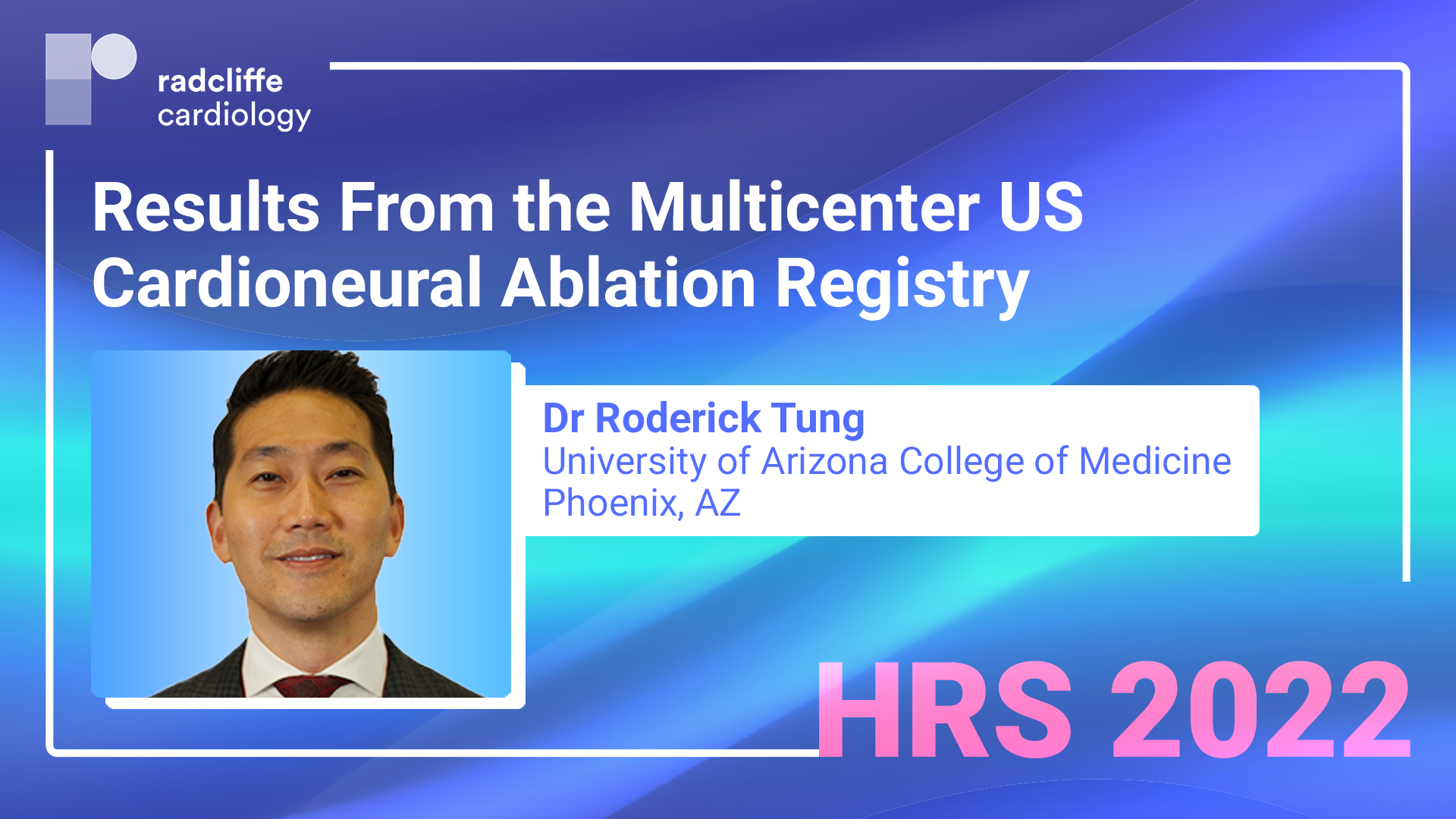 5m 33sPart 1 | Session 5 HRS 22: Results From the Multicenter US Cardioneural Ablation Registry
5m 33sPart 1 | Session 5 HRS 22: Results From the Multicenter US Cardioneural Ablation Registry -
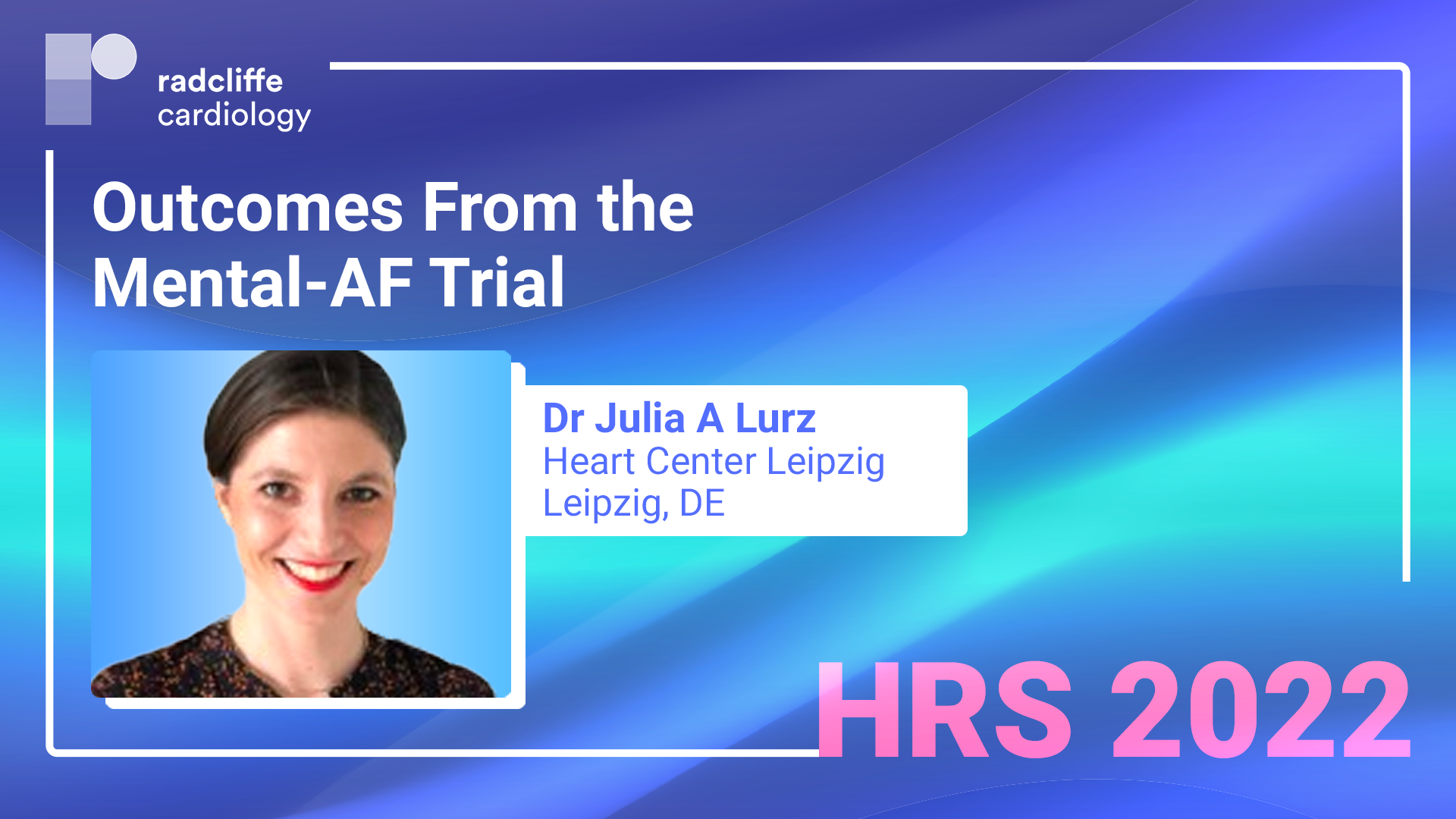 6m 35sPart 1 | Session 6 HRS 22: Outcomes From the Mental-AF Trial
6m 35sPart 1 | Session 6 HRS 22: Outcomes From the Mental-AF Trial -
 12m 12sPart 1 | Session 7 HRS 22: Complications Among S-ICD Vs TV-ICD Recipients: The ATLAS Trial
12m 12sPart 1 | Session 7 HRS 22: Complications Among S-ICD Vs TV-ICD Recipients: The ATLAS Trial -
 4m 4sPart 1 | Session 8 HRS 22: Outcomes From the CSP-SYNC Study
4m 4sPart 1 | Session 8 HRS 22: Outcomes From the CSP-SYNC Study -
 6m 53s
6m 53s -
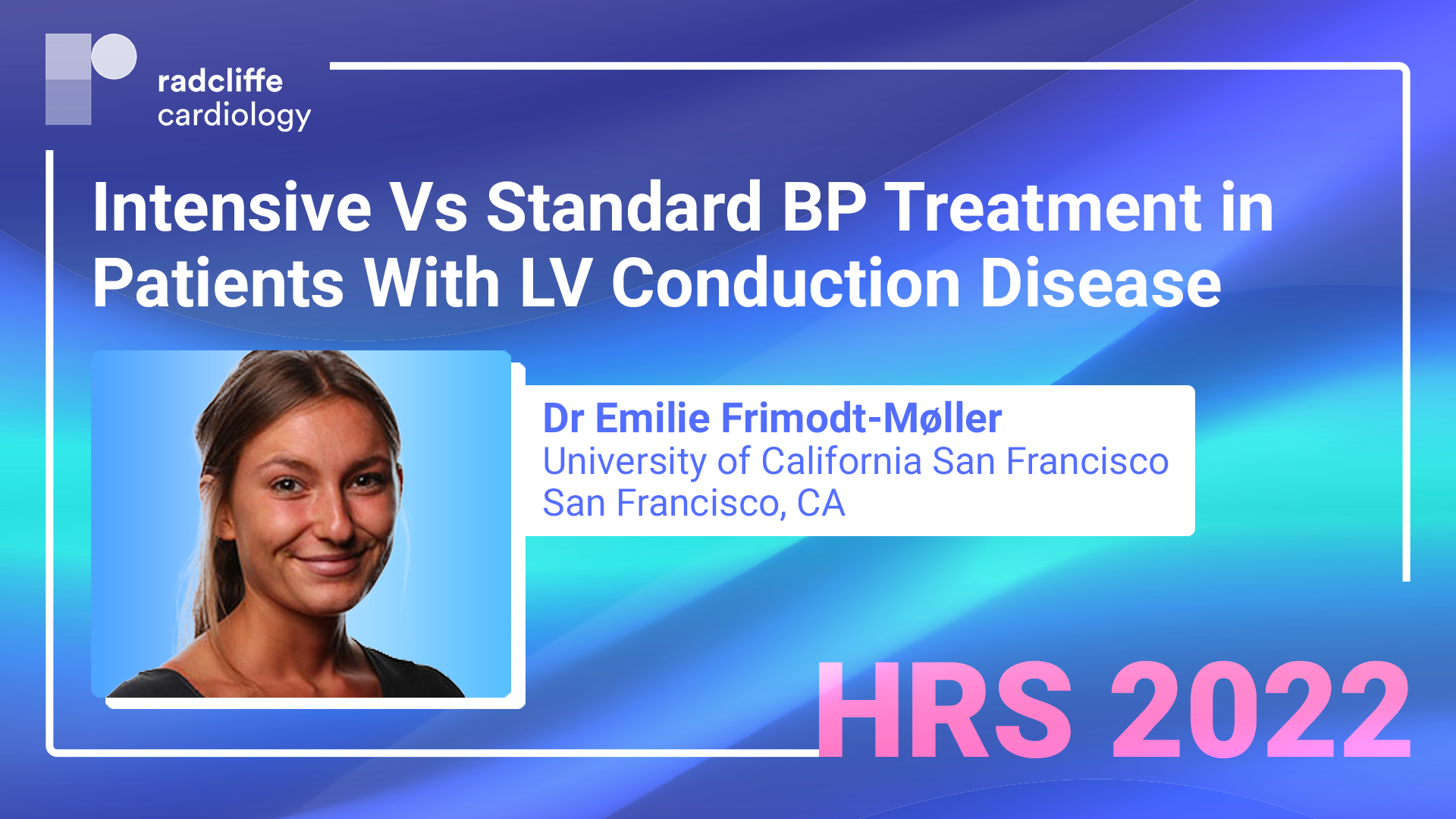 4m 59s
4m 59s -
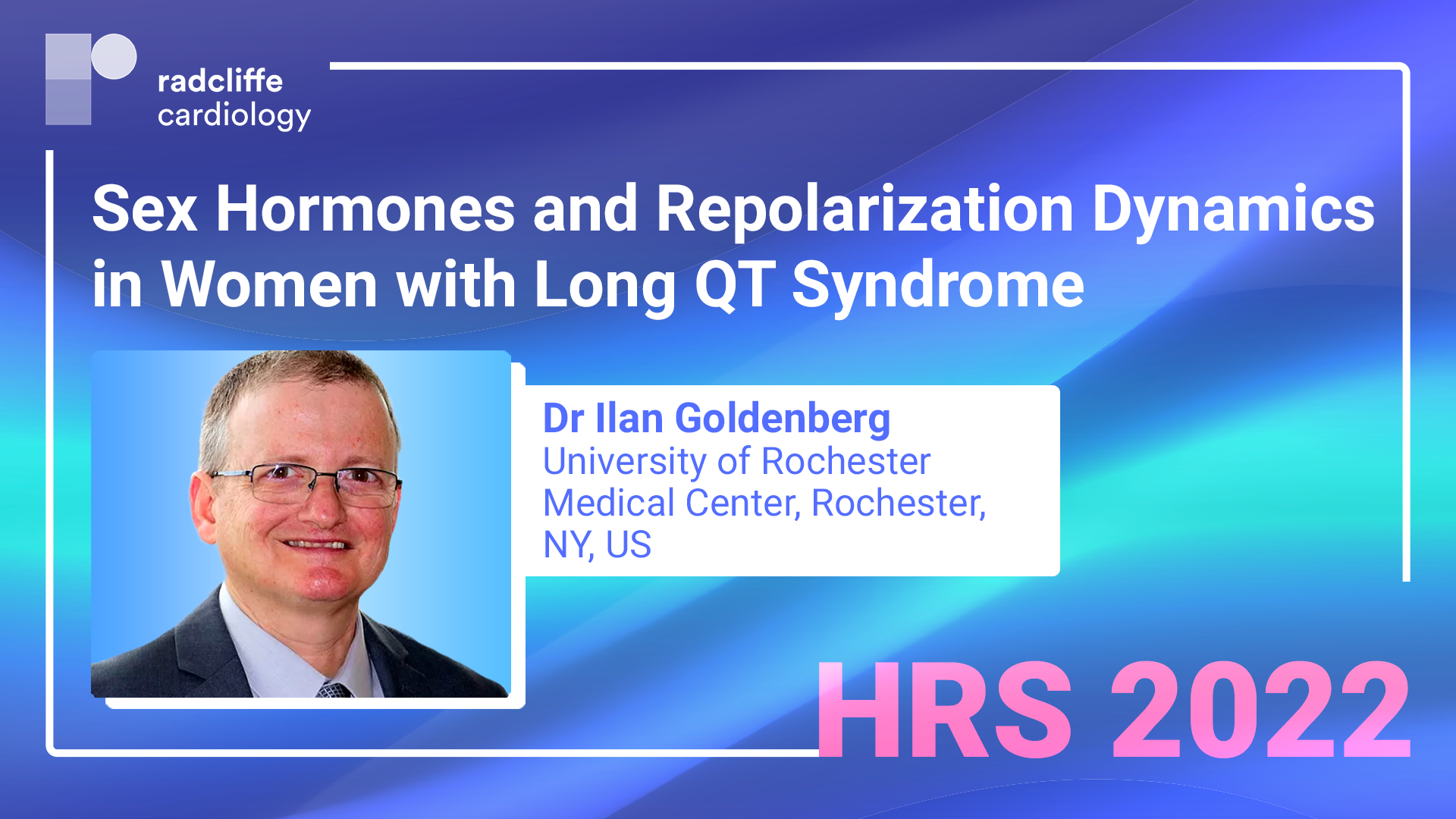 6m 54sPart 1 | Session 11 HRS 22: Sex Hormones and Repolarization Dynamics in Women with Long QT Syndrome
6m 54sPart 1 | Session 11 HRS 22: Sex Hormones and Repolarization Dynamics in Women with Long QT Syndrome
-
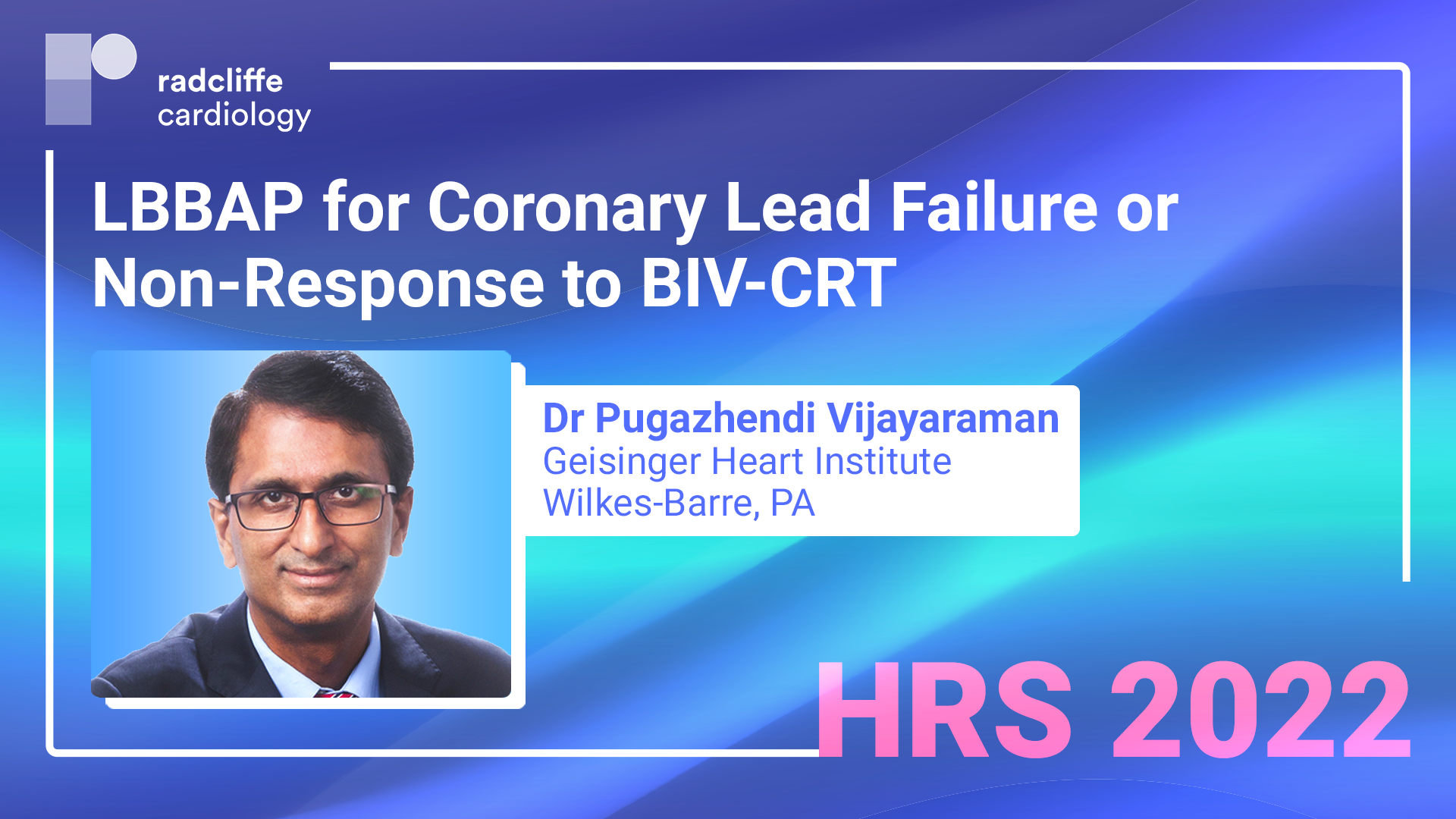 4m 21sPart 1 | Session 1 HRS 22: LBBAP for Coronary Lead Failure or Non-Response to BIV-CRT Pugazhendhi Vijayaraman
4m 21sPart 1 | Session 1 HRS 22: LBBAP for Coronary Lead Failure or Non-Response to BIV-CRT Pugazhendhi Vijayaraman
Overview
Short, accessible expert interviews were conducted at HRS 2022 with select faculty focusing on the results, applicability, and impact on future research.
More from this programme
Part 1
Expert Interviews
Faculty Biographies
Transcript





